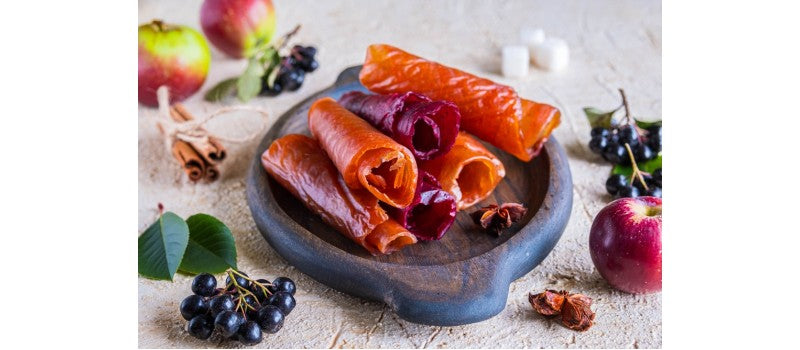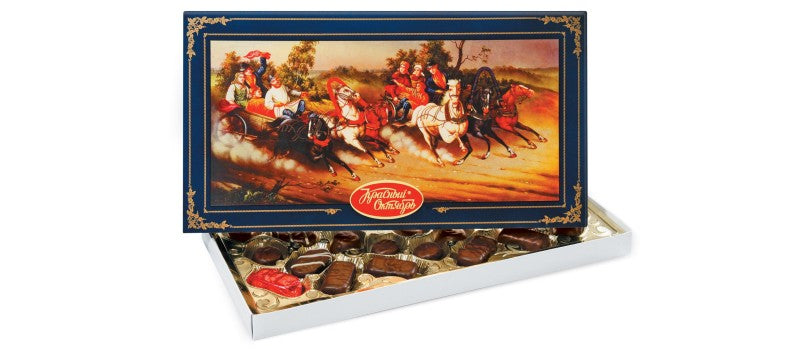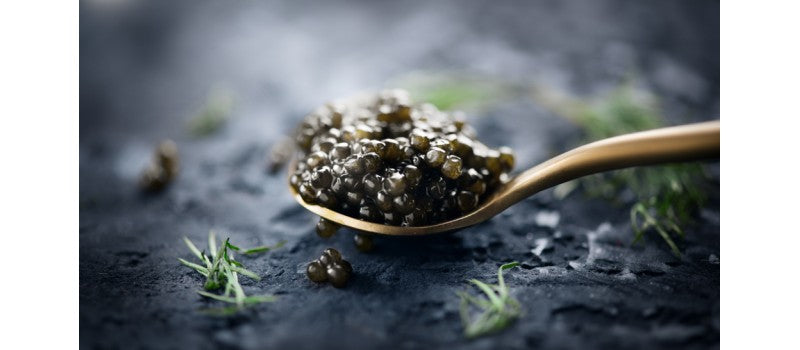
Authentic Russian Holodets: A Classic Delicacy Worth Trying
12 min reading time

12 min reading time
Russia is a nation renowned for its mouth-watering culinary customs, fascinating history, and rich cultural legacy. Of all its culinary delights, Russian Holodets is a dish that truly stands out as a classic. Russia has been enjoying this traditional meat jelly, sometimes called Studen or Kholodets, for many years. This unusual meal is worth tasting despite its initial unappetizing sound due to its genuine flavors and intriguing culinary history.
Russian food is flavorful and traditional, having been enjoyed for many years. The traditional Russian meat jelly known as holodets is one such classic dish that really sticks out. This cold dish, called holodets (studen in some parts of the world), is created with boiled and jellied beef or fish stock.
In Russian homes, holodets have long been a mainstay and are frequently offered on important events and holidays. It is a dish that is a true labor of love to cook because it takes time and attention to detail. Holodets are prized for their distinct flavor and texture, even though the concept of meat jelly may seem strange to others.
A savory broth is initially created by simmering different types of meat, such as chicken, pork, or cattle, for several hours before making holodets. The meat is cooked till soft along with a few veggies and spices. After that, the soup is filtered and allowed to cool so that it can solidify into a thick jelly.
The end product is a chilled, delicious, gelatinous treat. You can eat holodets by themselves or as part of a wider assortment of traditional Russian foods. To give it a taste boost, it's frequently served with horseradish or mustard.
Not only is the texture of holodets distinct from other meat meals, but it also has nutritional value. Collagen from the bones and vital minerals are added to the broth as the meats are simmered. Holodets are a delightful treat that is also nutritional because these nutrients are known to enhance bone and joint health.
Russian cuisine is rich in holodets, which embodies a spirit of festivity and tradition. It demonstrates how the Russians value sustainability and care for ingredients while utilizing every part of an animal.
Outside of Russia, holodets have become more and more well-liked in recent years as foodies look for real, traditional meals. It provides a unique eating experience while highlighting the complex and varied flavors of Russian food.
Holodets are a traditional treat that is worth tasting, regardless of your level of culinary expertise or curiosity. You will be taken to the heart of Russian cuisine by its savory taste, distinctive texture, and rich history, which invites you to partake in a genuinely authentic culinary experience and relish a little of tradition.
Russian Holodets, sometimes referred to as Kholodets or Studen, are a centuries-old traditional Russian delicacy with a long history. Russian cuisine is the source of this traditional treat, which has been loved by Russians for decades.
Holodets have their roots in prehistoric times when people mostly relied on animals for nourishment. In order to ensure that no part of the animal went to waste, the dish was developed. Pork was traditionally used to make holodets, including pieces like trotters, ears, and snout. The collagen in the bones and connective tissue of these gelatinous beef slices was allowed to dissolve over the course of several hours of slow cooking on low heat, producing a thick and savory jelly.
Over the ages, holodets have developed and become increasingly sophisticated. It became a mainstay of Russian cuisine in the 17th and 18th centuries, when it became increasingly popular among the aristocratic. Holodets evolved over time as various families and geographical areas added their own special ingredients and cooking methods to the dish.
In Russian homes, holodets remained a beloved meal, particularly on holidays and other special occasions. It was frequently served with other traditional Russian foods as an appetizer or a main course. The popularity of the dish grew outside of Russia, especially in the nations of Eastern Europe that shared Russian culture.
Holodet preparation is a labor-intensive procedure requiring skill and patience. For hours, the flesh is cooked until it becomes soft and effortlessly pulls away from the bone. The liquid is then filtered and allowed to cool so that it can harden into a consistency similar to jelly. Traditionally, the dish's look and flavor are enhanced by the addition of herbs, vegetables, and occasionally cooked eggs as garnish.
In spite of shifting dietary habits and the accessibility of contemporary convenience meals, holodets continues to hold importance in Russian cooking. It represents custom, get-togethers with family, and the joyous atmosphere of festivities. Many Russians still like it now and regard it as a great delicacy.
A number of ingredients and a meticulous preparation procedure are needed to make real Russian holodets, guaranteeing the dish's mouthwatering flavor and classic texture.
After a painstaking process, you are left with delicious, real Russian holodets that are ready to be served as an appetizer, starter, or part of a festive meal.
There are several ways to savor the tasty and adaptable meal known as Russian holodets. Here are some ideas for serving this traditional treat to improve your gastronomic experience:
Russian holodets, sometimes referred to as kholodets or studen, are a traditional treat with a distinctive flavor and a lengthy history. In Russian culture, this traditional meal is highly valued and frequently consumed during festive events and family get-togethers.
Meat, typically pork or beef, is boiled for several hours to make authentic Russian holodets until it is soft and falls off the bone. After that, the soup is allowed to cool and solidify, giving it a gelatinous texture. The proper harmony of flavors and textures is essential to producing mouthwatering holodets, thus this technique calls for talent and patience.
A delicacy worth tasting is Russian holodets because of their cultural value. This meal is a staple of Russian culinary traditions, having been passed down through the years. Since it's typically enjoyed with loved ones on important occasions, it symbolizes the spirit of celebration and community. You may connect with Russia's rich heritage and get a flavor of its culture by trying authentic Russian holodets.
To sum up, real Russian holodets are a traditional treat that provide a distinct flavor and an insight into Russian cooking customs. It's a dish that's worth trying because of its cultural significance, flavor, and nutrition. A plate of holodets will take you to the center of Russian cuisine, whether you are a fan of classic dishes or are just curious to try new ones.


